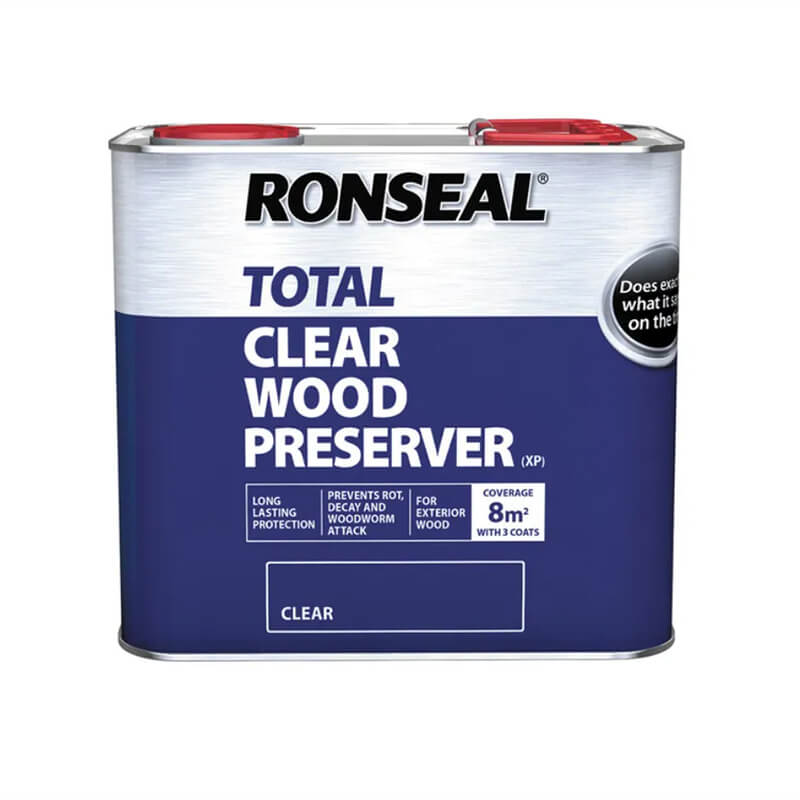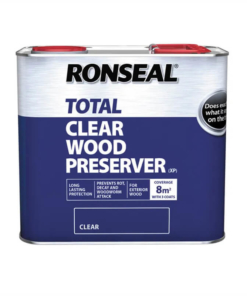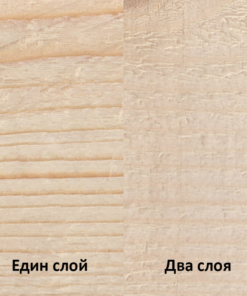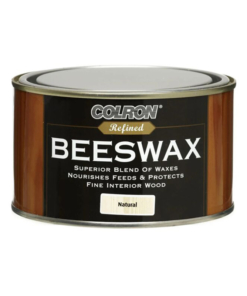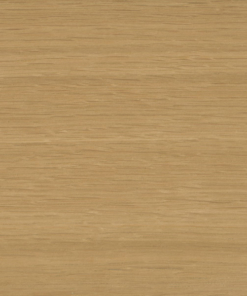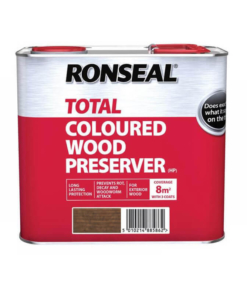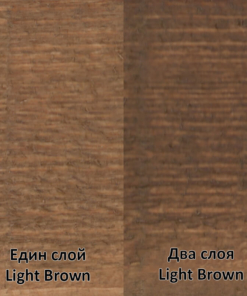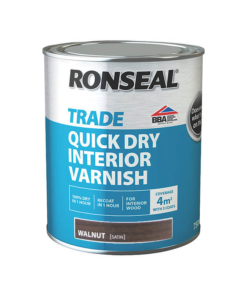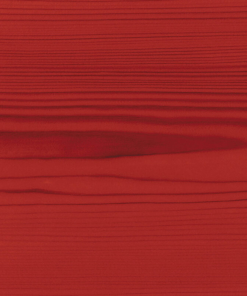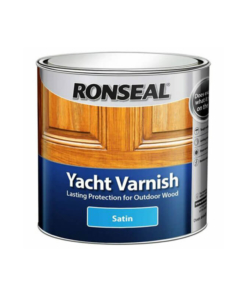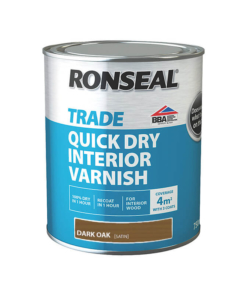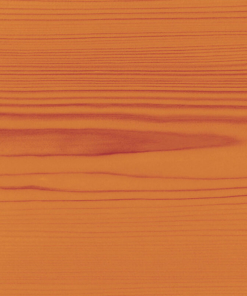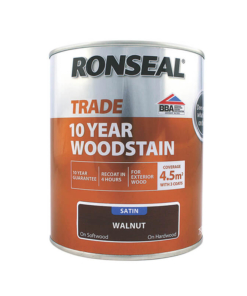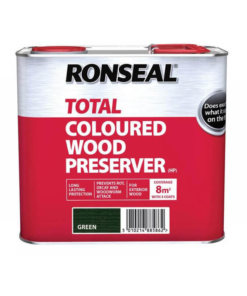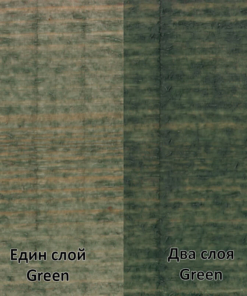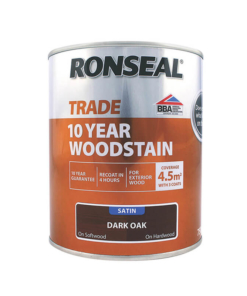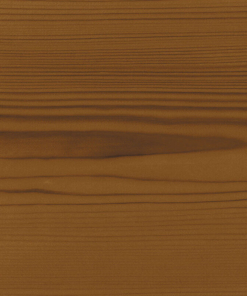How to use Total Wood Preserver
Before you start
Make sure the wood is clean and dry and free from any paint, varnish or stain. Shake well before use.
Application
You can either brush, spray it on or dip apply. For the end grains, we’d recommend dipping to make sure the preserver completely soaks into the wood. If you need to carry out any repairs or gluing, wait until the second coat is completely dry.
Clean Up
Remove any preserver from your brush and wash in white spirit. Don’t put any left over preserver down the drain or into watercourses. Your local authority may have facilities to get rid of unused preserver.
Identifying rot
Dry rot
Dry rot might appear as white, cotton wool like growths or in white, grey sheets. You may also find white or grey branching strands, up to 6mm wide spreading on brickwork or behind plaster. Rusty red, pancake shaped, fruit bodies can also mean that you have a dry rot problem. Wood under attack from dry rot shrinks and splits in large brick shaped pieces across the grain and is dry and brittle.
Wet rot
Wet rot is a fungal attack and can cause the surface of the wood to darken. Decayed wood splits along the grain and smaller cubes of wood are formed as a result. The wood may also become soft and spongy. Thin, brown branching strands of fungi may form on the surface of the timber under attack.
Insect attack
Insect attack can be recognised by small, round flight holes on the surface of the wood or by tunnels in the wood. New holes will show clean, fresh timber inside them and fine, gritty powder can be seen on the surface or beneath the site of activity.
Technical specification
Usage: Exterior wood like sheds and fences
Coverage: Up to 9.6 sq.m. per litre / 8 sq.m. for 2.5L for 3 coats
Dry time: 24 hours
Coat time: 24 hours
Number of coats: At least two coats
Colours: Clear
Finish: Matt
Durability: Prevents rot and decay and protects against woodworm
Application: Brush
Sizes: 5 L
VOC: High
